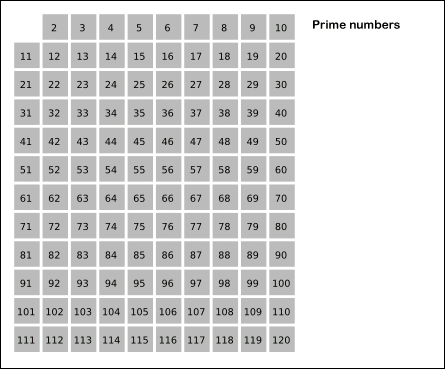Python library for primes algorithms
Project description
Installation
To install the package use pip:
pip install nprime
Introduction
Some algorithm on prime numbers. You can find all the functions in the file nprime/pryprime.py
Algorithm developed :
Eratosthenes sieve based
Fermat’s test (based on Fermat’s theorem)
Prime generating functions
Miller Rabin predictive algorithm
Specifications
Language: Python 3.5.2
Package:
Basic python packages were preferred
Matplotlib v2.1 - graph and math
Integration and pipeline
Code quality is monitored through codacity. For the tests coverage, there’s codecov which is run during the Travis CI pipeline.
Math
Here are a bit of information to help understand some of the algorithms
Congruence
“≡” means congruent, a ≡ b (mod m) implies that m / (a-b), ∃ k ∈ Z that verifies a = kn + b
which implies:
a ≡ 0 (mod n) <-> a = kn <-> "a" is divisible by "n"
Strong Pseudoprime
A strong pseudoprime to a base a is an odd composite number n with n-1 = d·2^s (for d odd) for which either a^d = 1(mod n) or a^(d·2^r) = -1(mod n) for some r = 0, 1, ..., s-1
Erathostene’s Sieve
How to use
Implementation of the sieve of erathostenes that discover the primes and their composite up to a limit. It returns a dictionary: - the key are the primes up to n - the value is the list of composites of these primes up to n
from nprime import sieve_eratosthenes
# With as a parameter the upper limit
sieve_eratosthenes(10)
>> {2: [4, 6, 8, 10], 3: [9], 5: [], 7: []}The previous behaviour can be called using the trial_division which uses the Trial Division algorithm
Theory
This sieve mark as composite the multiple of each primes. It is an efficient way to find primes. For n ∈ N with n > 2 and for ∀ a ∈[2, ..., √n] then n/a ∉ N is true.
Fermat’s Theorem
How to use
A Probabilistic algorithm taking t randoms numbers a and testing the Fermat’s theorem on number n > 1 Prime probability is right is 1 - 1/(2^t) Returns a boolean: True if n passes the tests.
from nprime import fermat
# With n the number you want to test
fermat(n)Theory
If n is prime then ∀ a ∈[1, ..., n-1]
a^(n-1) ≡ 1 (mod n) ⇔ a^(n-1) = kn + 1
Miller rabin
How to use
A probabilistic algorithm which determines whether a given number (n > 1) is prime or not. The miller_rabin tests is repeated t times to get more accurate results. Returns a boolean: True if n passes the tests.
from nprime import miller_rabin
# With n the number you want to test
miller_rabin(n)Theory
For n ∈ N and n > 2, Take a random a ∈ {1,...,n−1} Find d and s such as with n - 1 = 2^s * d (with d odd) if (a^d)^2^r ≡ 1 mod n for all r in 0 to s-1 Then n is prime.
The test output is false of 1/4 of the “a values” possible in n, so the test is repeated t times.

















